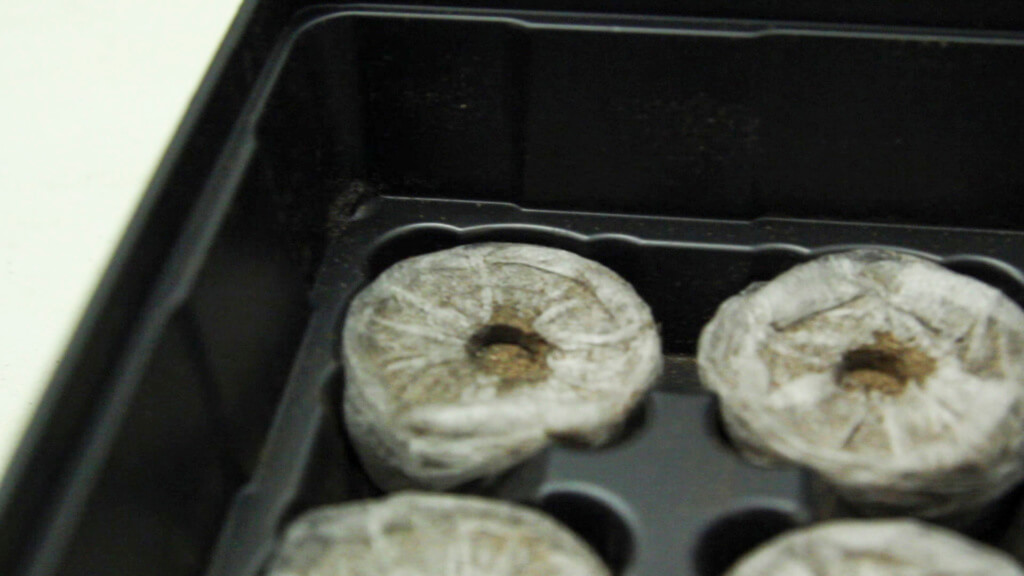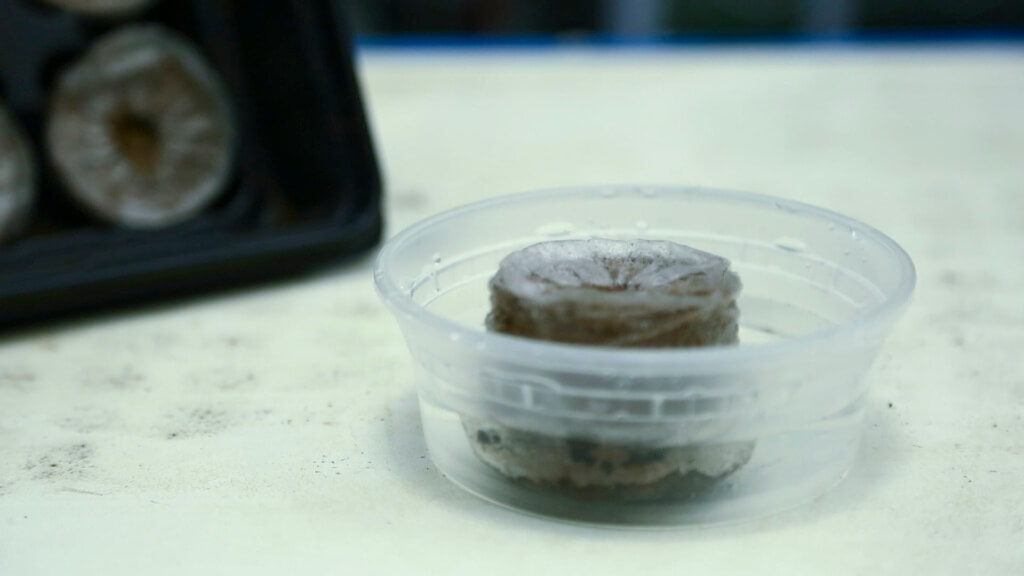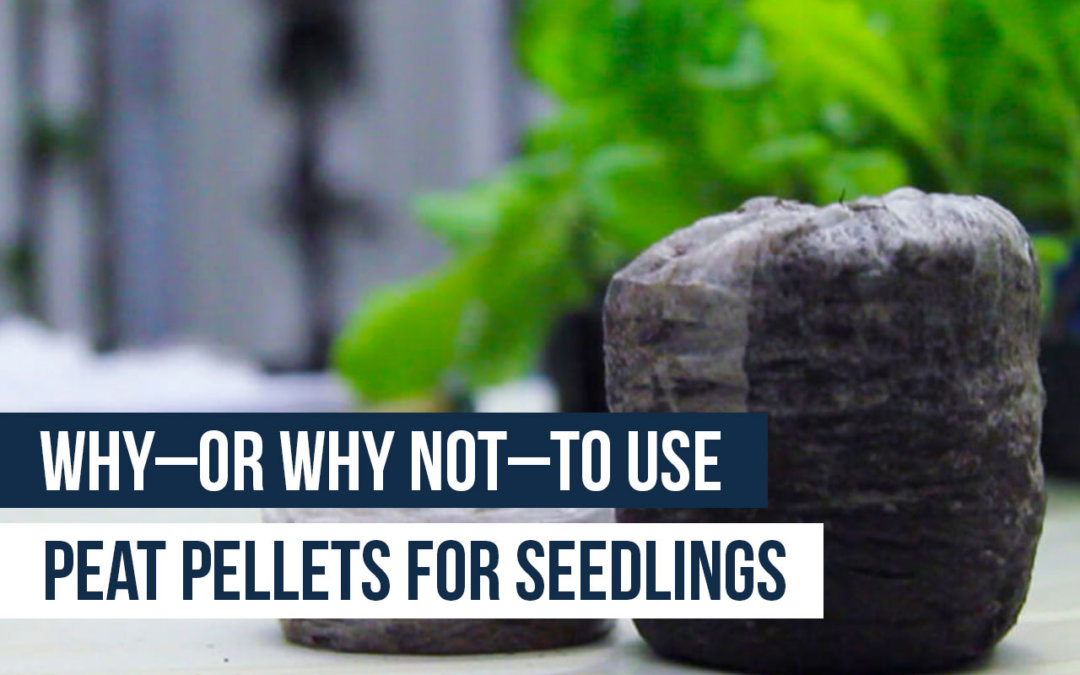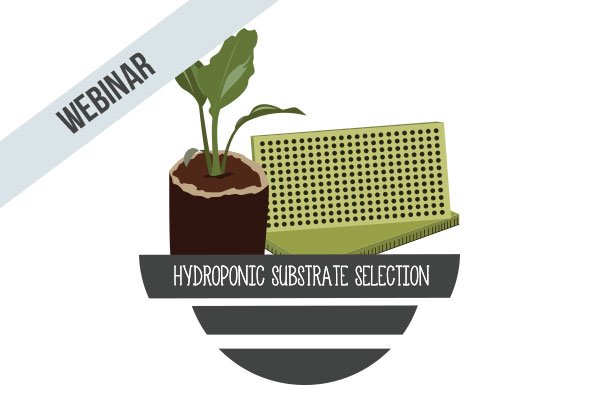Growers in search of the perfect seed-starting media don’t have to go far to find a plethora of options. From peat to soil, to polymer-bound plugs and even propagation in gravel, seeds will grow in almost anything that is loose, moist, and in the right environment.
The true limits of a plug choice are factors that vary based on the grower and his or her operation, like:
- Cost
- Size
- Handling
- Reusing and recycling
One favorite of growers is the peat pellet—the neat, Organic-friendly cylinders composed of peat (and sometimes coco coir) contained in a thin fiber baggie.
Like any seedling medium, peat pellets have their pros and cons.
Pro or con: larger than other plugs
Peat pellets tend to be a bit larger than other plugs. Flexiplugs or Q-plugs, for example, come in 0.75-inch sizes at the top of the plugs. Petite plugs tend to be easier to plant in growing equipment like ZipGrow Towers or media beds. Peat pellets, on the other hand, rarely come at less than 1.5 inches in diameter.
This sizing can be a disadvantage to some growers, but some crops, like tomatoes or squash, do better in larger plugs. Some growers prefer the larger size for handling as well.
Con: double to triple the price of other plugs
Peat pellets are typically about 10¢ apiece if bought in bulk (peat pellets may be bought already in trays, or loose; we prefer the latter for the price difference). This is about double the price of flexible plugs, and close to triple the price for starting seeds in soil. Growers should balance this with the benefits of peat plugs, however.
Pro: easy to ship and store
Peat pellets typically pack flat into a box; the pellet is dried and compressed into a disc. This makes shipping more affordable for peat pellets. Though they’re stored compressed and dry, the pellets expand into cylinders when hydrated.

Con: the fiber baggie takes a long time to biodegrade
While peat and coco coir both make a great addition to the composting bin, the baggie surrounding the pellet can take several years to biodegrade. This means that if you plant the plugs in soil or media, you’ll probably be pulling it out again next season.
Pro: often Organic Materials Review Institute (OMRI) certified organic
While some seed-starting materials (like Oasis products or polymer-bound plugs) can’t (currently) be certified organic, many peat and coco plugs are. For growers who want to get certified, this might be the best option!
Pro: clean and neat (usually)
Since they are contained in fibrous baggies, the peat is typically well contained and doesn’t get into the irrigation too often. This is a real help for growers with pumps and other clog-able parts in their system.
Note: Occasionally, one of the baggies will break. In this instance, the pellets are not clean! The loose media spreads out quickly and wreaks havoc with pumps and small fittings.
Should I choose peat pellets for seedlings?
Peat pellets can be a great option for growers who wish to run a clean seedling system or wish to be OMRI certified. The larger size of peat pellets can be a disadvantage when planting some types of systems, but growers may find that big plugs are necessary for establishing some crops.
Want more info on hydroponic substrates?
There’s a whole course on substrates (media) and how to choose the best one for your system. Check it out here:




This was very interesting.I learnt a lot thamks
Learned loads. thank you